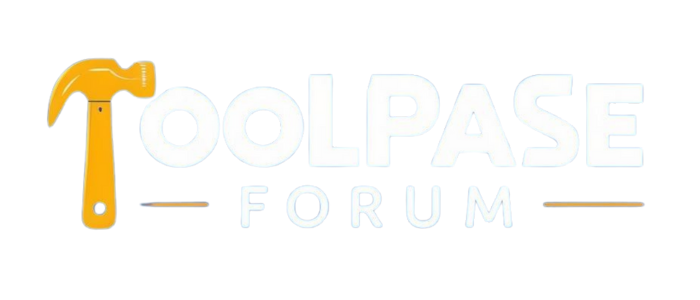Good day, everyone! I just wanted to ask if there are pros or seasoned woodcrafters here? I’m having a hard time about planing and I need some solid advice that can help me throughout this journey of mine lol!
I’m stuck and having issues on softwoods and reclaimed lumber, issues after issues like tear-out, chatter, and uneven surfaces. I’ve been using a #4 plane, checking for grain direction, sharpen it to the best of my skill, yet I’m not satisfied with its workings and I don’t know why. It feels like it is just skating and not cutting.
I don’t know what else to do, can anyone give an advice? Even just simple techniques, tips, setup, or whatever comes to your mind! I just need suggestions.
I’m stuck and having issues on softwoods and reclaimed lumber, issues after issues like tear-out, chatter, and uneven surfaces. I’ve been using a #4 plane, checking for grain direction, sharpen it to the best of my skill, yet I’m not satisfied with its workings and I don’t know why. It feels like it is just skating and not cutting.
I don’t know what else to do, can anyone give an advice? Even just simple techniques, tips, setup, or whatever comes to your mind! I just need suggestions.
